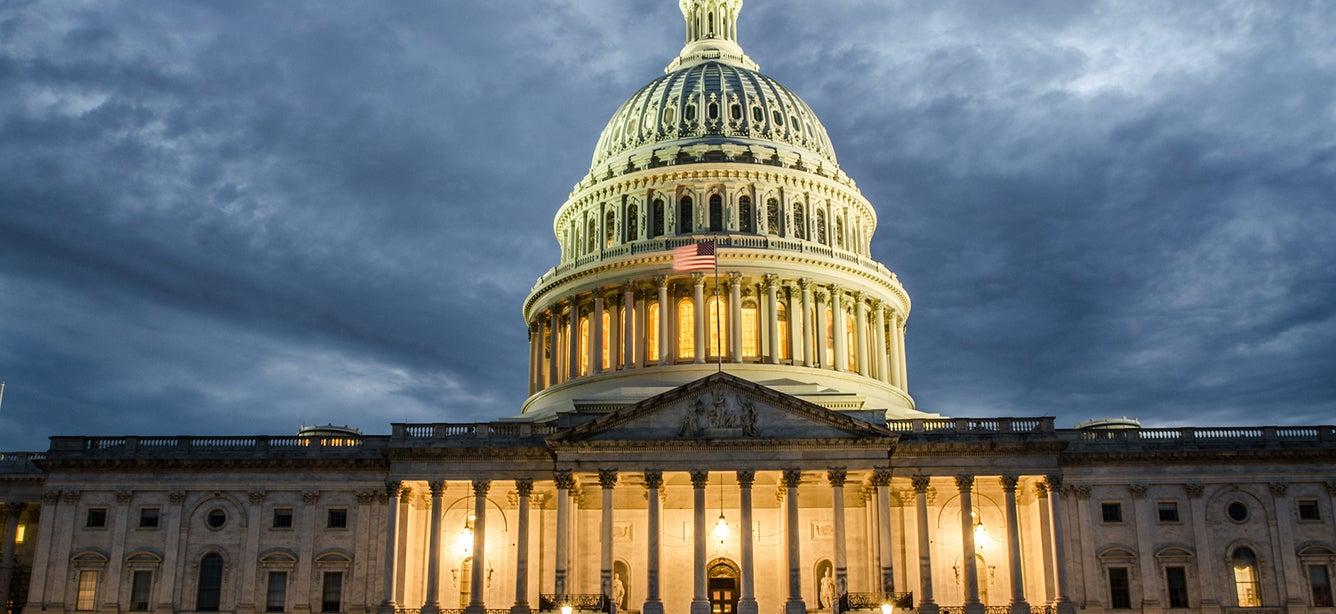
The Senate Appropriations Committee has released the nine remaining Fiscal Year 2022 bills to deliver funding to government programs, including aging services.
In August, the House of Representatives passed several FY22 appropriations bills that include increases for many Aging Services programs. To date, the House has voted on 10 of the 12 annual appropriations bills, but the Senate has only held three committee markups.
What the Senate is proposing
NCOA's annual funding table, last updated in December 2022, includes details of the Senate and House proposals. The Senate amounts are more modest compared to the House. Highlights include:
- Older Americans Act (OAA) Programs:
- Supportive Services and Senior Centers: $500 million
- Nutrition Programs: $1.2 billion
- Health Promotion and Disease Prevention: $26.3 million
- National Family Caregiver Support Program (NFCSP): $230 million
- Senior Community Service Employment Program (SCSEP): $410 million
- Medicare State Health Insurance Assistance Program (SHIP): $55.2 million
- Lifespan Respite Program: $14.2 million
- Low-Income Home Energy Assistance Program (LIHEAP): $3.93 billion
- AmeriCorps Seniors (formerly Senior Corps): $244.5 million
Similar to the House, the Senate is proposing a significant increase for Social Security Administration administrative expenses. It is calling for $12.1 billion (an $871 million increase) to address chronic underfunding that has led to staffing shortages at field offices and backlogs in claim reviews and appeals.
What’s next
Given the delay in finalizing appropriations, a continuing resolution (CR) was enacted prior to the beginning of the new fiscal year on Oct. 1 to continue funding for most programs at the same level as in FY21. The CR runs through Dec. 3, and the current expectation is that at least one more will have to be passed to keep the government open.
The FY22 process is stalled for a number of reasons, including a lack of agreement between Democratic and Republic appropriations leaders on the top-line allocations and policy issues added to the current bills (known as “riders’).
What you can (still) do
With significant differences remaining between appropriators on each side of the aisle, it’s fair to guess that final FY22 appropriations will not be enacted until early next year.
That means there’s still time to make your voice heard on investments needed by older adults and the organizations that serve them.
Visit our Action Center to tell your members of Congress why certain programs are important to your community. Use our forms to email your Representatives and Senators about:




